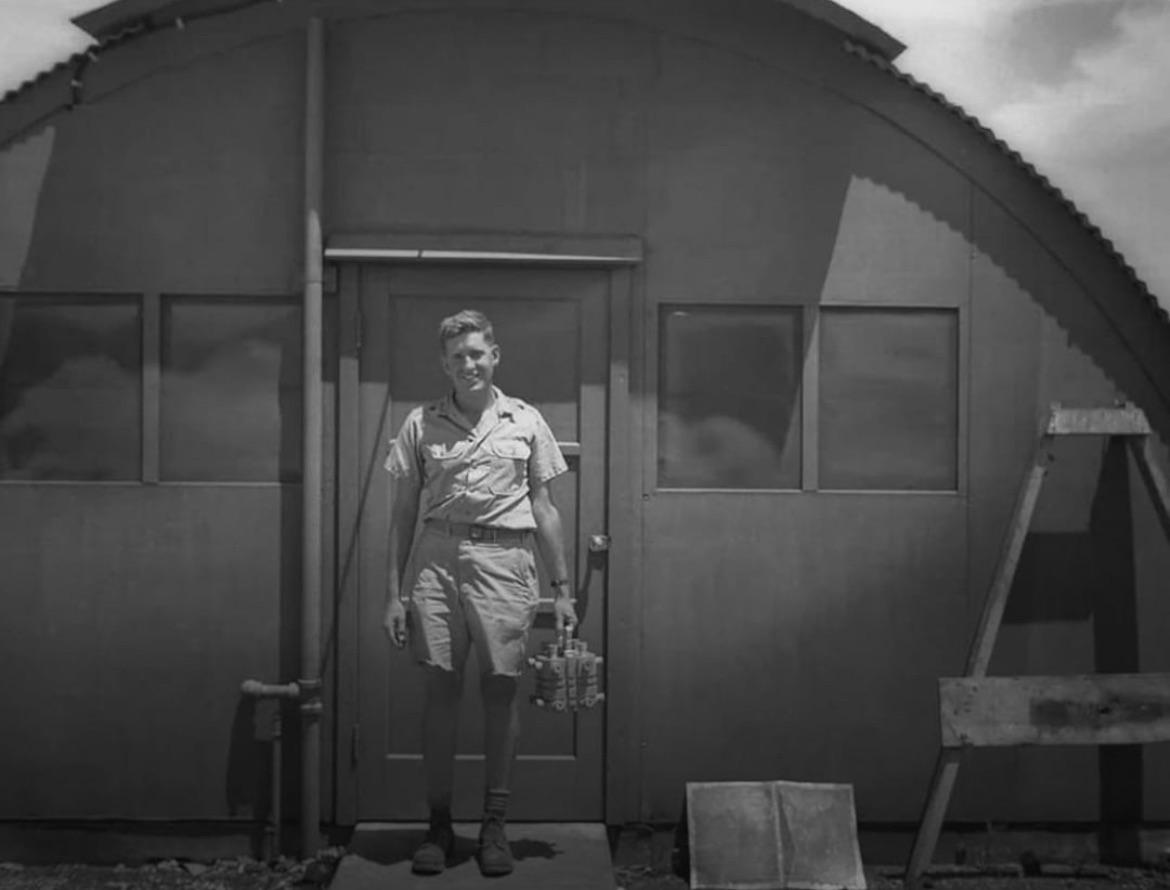Hold onto your Geiger counters, folks, because have I got a story for you. This one’s straight from the wild and wacky annals of Reddit, where one user unearthed a gem involving none other than Harold Agnew, an American physicist, and one of the masterminds behind the Manhattan Project. You know, the little science club that conjured up the atomic bomb. Oh yes, things are about to get radioactive.
So, let’s rewind the clock to the heady days of World War II. Picture it: A ragtag team of scientists, including our boy Harold Agnew, is holed up in Los Alamos, New Mexico. They’re not just playing with test tubes and Bunsen burners. No, these brainiacs are dabbling in the dark and dangerous world of nuclear physics, and they’ve got their sights set on creating a bomb big enough to give Lady Liberty a bad case of the sweats.
Enter Harold Agnew
Now, Harold Agnew wasn’t just any physicist. Think of him as the James Bond of the scientific community, but with thicker glasses and a penchant for pocket protectors. This guy wasn’t just crunching numbers and scribbling on chalkboards. Oh no! Harold was a hands-on kinda guy. And by ‘hands-on,’ I mean he literally held the plutonium core, the very heart and soul of the ‘Fat Man’ bomb, which later dropped on Nagasaki, killing an estimated 80,000 people. You heard me right; he held it.

Pause for dramatic effect.
Yes, while most of us struggle to keep a steady hand holding our morning coffee, Harold Agnew was casually handling a chunk of plutonium, the primary ingredient for creating an atomic apocalypse. This bomb would go on to cause untold death and destruction, but in that moment, for Harold, it was just another day at the office.
A Glimpse into the Atomic Age
The scene sounds like something out of a dark comedy: Scientists delicately balancing on the precipice of world-changing discoveries, all the while treating deadly radioactive materials like a sack of Idaho potatoes. One can imagine Harold, perhaps cracking a joke, as he gingerly handed the plutonium core back to a fellow scientist. After all, when you’re in the business of splitting atoms, you either laugh or you cry.
The Gravity of It All
Let’s not get it twisted: The implications of what they were doing were huge. These weren’t just physicists playing with fire; they were forging the thunderbolts of the gods. The chain reaction sparked by their efforts would resonate throughout history, forever etching their names—and deeds—into the story of humankind.
But sure, to Harold and his friends, it might’ve just seemed like another day at the lab, their minds undoubtedly buzzing with equations, hypotheses, and the occasional inappropriate wartime joke. Grasping that piece of plutonium was more than just an act; it was a metaphor. They were holding the future of warfare and human civilization itself in their gloved hands.
From the Lab to the Battlefield
Eventually, the theoretical dreams and dangerous doodles of these scientists took physical form. On August 9, 1945, the ‘Fat Man’ bomb was dropped on the city of Nagasaki. In the blink of an eye, the landscape was seared, buildings crumbled, and around 80,000 lives were tragically extinguished.
It’s like being handed a grenade and told it’s personal responsibility day at the physics fair. The weight of it doesn’t just sit in your hands; it rests heavily on your conscience. Harold Agnew had to know, beyond the calculations and cold metal, that what he was holding had the power to reshape the world—either into something unrecognizable or into something that might just save countless lives by ending a devastating war.
Legacy or Lunacy?
Which brings us to the ultimate question: Was Harold Agnew a hero, a madman, or simply a man doing his job? There’s an argument to be made for each perspective. Science, after all, isn’t a straight line; it’s a tangled mess of ethical quandaries, brilliant discoveries, and yes, occasionally, dubious decisions made with the best information available at the time.
Whether you laud him for his contributions to ending World War II or criticize him for his part in unleashing untold devastation, one thing’s for sure—Harold Agnew is a fascinating figure. Holding the very core of what would become one of the most destructive forces in human history adds a complex gravitas to his story.
Final Thoughts
So, what’s Roger’s take on all this? Buckle up, buttercup: I think Harold Agnew was a man caught in the gears of history. His work helped to bring about an end to one of the deadliest conflicts the world has ever seen—at a nearly unthinkable cost. It’s a high-stakes game of ‘Would You Rather,’ with the fate of millions hanging in the balance.
We can’t change what Harold and those other scientists did, but we can learn from it. We can marvel at the audacious courage of handling that plutonium core, even as we shudder at its implications. Because if history has taught us anything, it’s that the line between genius and madness is razor-thin and often radioactive.
And there you have it. Until next time, keep your hands clean and your radioactive materials in a secure, lead-lined container. You’re not all Harold Agnew.
Catch you on the flip side, Roger